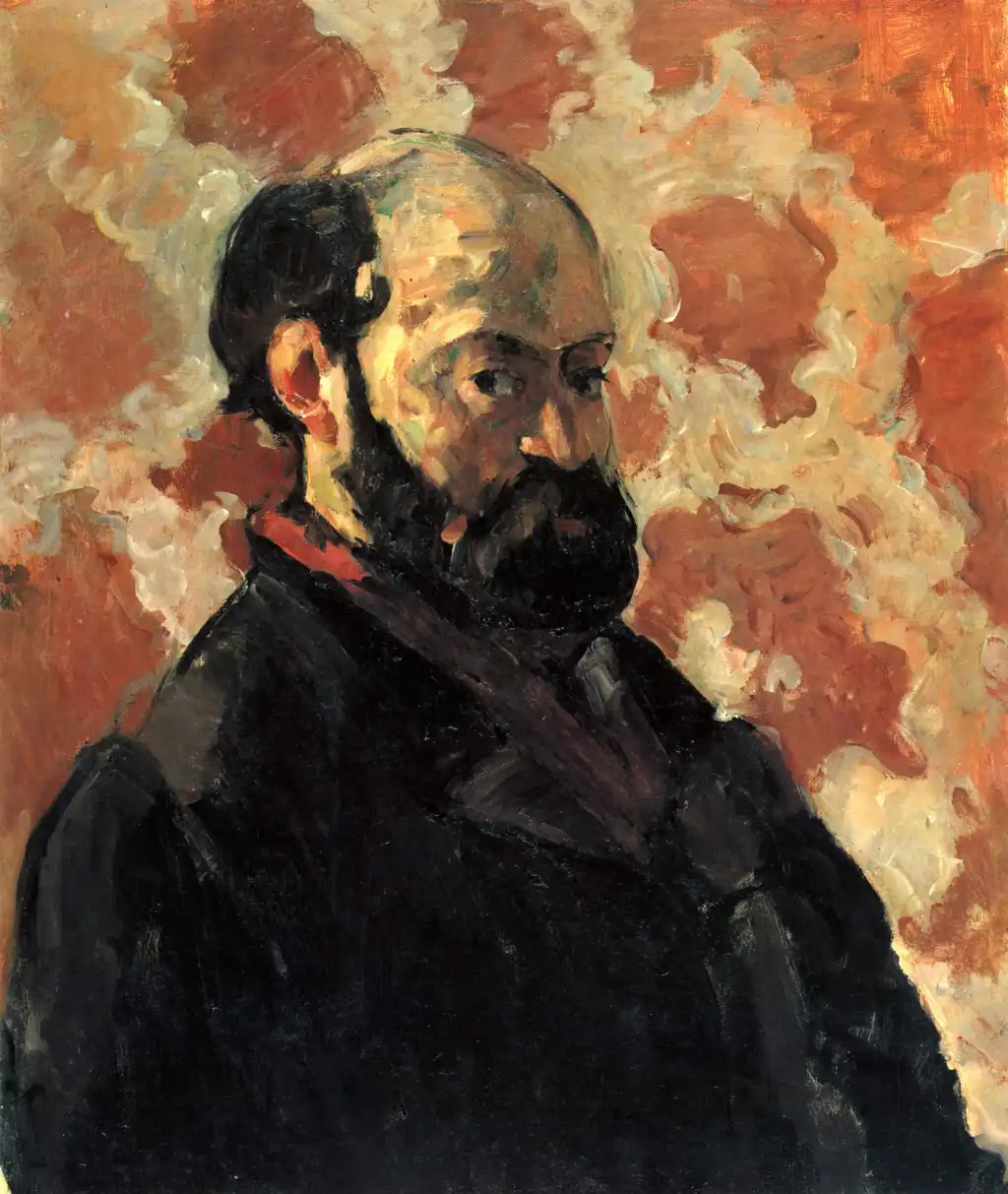The Father of Modern Art
Paul Cézanne (19 January 1839 – 22 October 1906) was a French artist and Post-Impressionist painter whose work laid the foundations of the transition from the 19th-century conception of artistic endeavor to a new and radically different world of art in the 20th century. Cézanne’s often repetitive, exploratory brushstrokes are highly characteristic and clearly recognizable. He used planes of color and small brushstrokes that build up to form complex fields, at once both a direct expression of the sensations of the observing eye and an abstraction from observed nature. The paintings of Cézanne signal the beginning of a new era in art history.
Early Life
Born in Aix-en-Provence, France, to a wealthy family, Cézanne had the support necessary to pursue his passion for painting. Despite his father’s wishes for him to become a lawyer, Cézanne’s desire for art was irrepressible. He moved to Paris, where he met Impressionist painters such as Camille Pissarro, a meeting that would lead him to break away from dark hues and towards the light and airy palette for which he is known today.
Artistic Journey
Cézanne’s initial works reflected the influences of the dark tones of the Romanticism period, and he later transitioned to the lighter Impressionist technique after being influenced by the work of friends like Édouard Manet and Claude Monet. However, Cézanne’s unique method of building form with color and his analytical approach to nature influenced the art of Cubists, Fauvists, and successive generations of avant-garde artists.
Paul Cézanne’s approach to creating art was meticulous and involved intense, almost meditative, concentration. This laborious method was also evident in his repeated studies of a single subject, such as the iconic Mont Sainte-Victoire series, which he painted many times to capture the varying light and seasons.
Legacy
Cézanne’s exploration of geometric simplification and optical phenomena inspired many artists who followed. His work reflects a mastery of design, color, tone, composition, and draftsmanship. His legacy is a testimony to the statement made by both Matisse and Picasso: “Cézanne is the father of us all.”
Despite his profound influence on modern art, Cézanne was not widely appreciated until the end of his life. Today, his works are exhibited in the world’s most prestigious museums, and he is celebrated for his contribution to the evolution of modern art.
A Visionary
Cézanne’s work constitutes a dialogue between the artist’s inner vision and the outer reality, often giving precedence to the former. He himself famously remarked, “I want to make of impressionism something solid and lasting like the art in the museums.” It is this ambition and his deep study of his subjects that make Cézanne’s art both timeless and revolutionary.
Celebrating Cézanne
This website is dedicated to celebrating the life, work, and enduring impact of Paul Cézanne. Here, you will find a comprehensive collection of his paintings, a detailed biography, an examination of his techniques, and a look at his influence on subsequent generations of artists. Join us in exploring the world of Cézanne, and gain insight into the man who forever changed the face of art.
“To paint is not to copy the object slavishly, it is to grasp a harmony among many relationships.”Paul Cézanne

